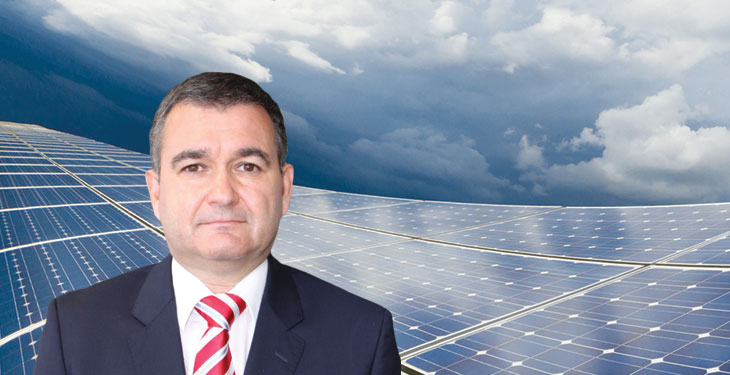The European countries regain the ground they lost at the begining of the year in the ranking of investment attractiveness of renewable energy projects, in the detriment of the emerging markets, says the biannual report “EY Renewable Energy Country Attractiveness Index” (RECAI).
In top 10 countries in the EY index, France climbs one position, reaching 7th place after the announcement regarding the intention to participate at the tender for the purchase of solar panels with a capacity of 3GW in the next three years. Meanwhile, the building of a plant for the production of solar panels covering 1.000 kilometers of roads, is underway in this country.
“The drastic correction of the support scheme for electricity produced from renewable sources and the uncertainty regarding the prospects of the scheme on short, medium and long term have led to the decrese of Romania’s attractiveness for new investments in this area,” says Valeriu Binig, Partner in the Advisory Services, EY Romania. “Many owners of wind and solar power farms, threatened by bankruptcy, seek to sell these assets, while potential buyers are offering yet unacceptable prices. In addition, the assimilation of wind turbine towers as taxable buildings contributed to worsening the investors sentiment.”
For now, Romania has met the specific target for the share of renewables in the gross primary energy consumption in 2020. It is not clear whether sufficient generating capacities will survive until 2020, when the fulfillment of the specific target will be verified. There are no clear prospects for new support schemes for electricity production in photovoltaic roof panels or for the promotion of biomass as an energy resource.
“In addition, the latest proposal for legislative change is perceived by investors as being without short-term solutions for the bankability of the implemented projects. According to the EY calculations, the return on investment in a wind project developed in Romania exceeds 30 years in today’s conditions,” said Valeriu Binig.
Belgium (18th place), Sweden (20th place), Ireland (30th place), Norway (32nd place) and Finland (35th place) also climbed in the top 40 countries. In Norway, the worls on the new, 2.3 billion dollars worth, underwater tunnel towards Germany creates a new great opportunity for wind and hydro production for the two countries. Germany, along with the United States, China, India and Chile, remains steadfast in the top five countries attractive for investment.
What contradicts the trend of improvement in Europe is the UK descend on the 14th place in the index, the lowest of all time. The vote of Great Britain to leave the European Union, the abolition of the Department of Energy and Climate Change (DECC) and the approval of the Hinkley Point C nuclear power plant contributed to a lower investor interest.
Regarding the green certificates, Europe registered the greatest increase in activity, according to the EY report, with a total of 54.9 billion dollars worth green certificates issued since 2007, against 19.8 billion dollars in North America and 4.5 billion in Asia.
Starting from 2007, since the launch of the GC market, 65% of the green bond issued – worth 95.6 billion dollars – were channeled towards the renewable energy. This year, until July, they have already been sold 48.2 billion dollars worth green bonds, against the 41.8 billion dollars for the full year 2015 and the 36.6 billion dollars in 2014.
